Crazy fact: Nearly one of every ten species of flowering plants is an orchid. Current tallies have about 28,000 species of orchids (with many, many more hybrids and cultivars), which is twice as many bird species and four times as many mammal species.
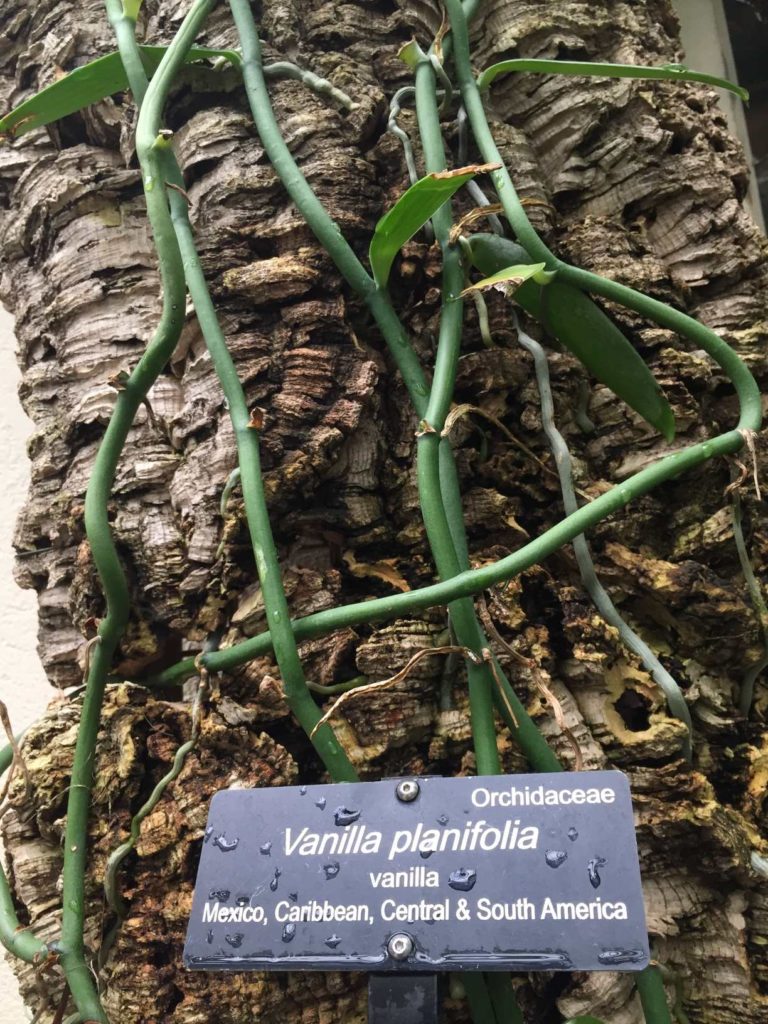
For some reason, I have never much cared for orchids. Something about them looks fake. The tiny hair clips used to train them don’t help. But then I learned that there are far more orchids than I ever imagined and that they grow all over the world in almost every habitat, even the Arctic. More on this later. First, we need a little orchid primer.
Orchid Basics
Orchid flowers exhibit bilateral symmetry, meaning they are mirror images if you were to fold them in half. This aids pollination, which is mostly done by male bees and insects. In fact, orchids have a complex cross-pollination scheme and highly specialized pollination mechanisms. Some of them have flowers that mimic female insects to attract their male counterparts for pollination.
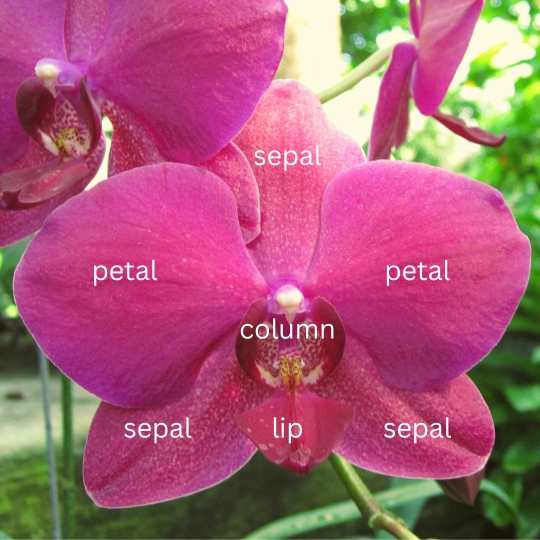
The lip or labellum of the orchid is the part that is usually modified to attract and direct (even trap) specific pollinators either through its color, shape (pouch, ruffles), decoration (hairs, fans, tails), or some combination thereof. It provides a landing platform for the pollinator. The column is a fusion of both the male and female parts of the flower into one combined reproductive system, which is characteristic of the orchid and differentiates it from all other flowering plants.

Yet another fun fact: Most orchids rely on developing symbiotic relationships with mycorrhizal fungi that provide necessary germination nutrients to the endosperm-absent seeds. Because the chances of finding the fungus is small, the number of seeds produced and blown away is numerous and most of them do not meet the necessary fungal symbiont.
Temperate Orchids

It was at the Ridges Sanctuary in June 2017 that I experienced a moment of orchid wonder. I was on a walking tour of this extremely unique natural environment and they started talking about all the orchids located there—in fact, up to 25 species that have been reintroduced as part of an orchid restoration project. Until then I had no idea there were orchids beyond the showy fake looking things at botanical greenhouses. This started a seed of interest for me.

In contrast to tropical orchids, temperate orchids are usually terrestrial, meaning they grow in the ground, with underground rhizomes and more subtle flowers. There are many temperate orchids that grow across North America and the Northern Hemisphere. There are about 40-50 species of orchids that grow in Wisconsin, including lady slippers, coralroot, and ladies’ tresses as well as some rare, protected species like the eastern prairie white-fringed orchid and the calypso orchid.
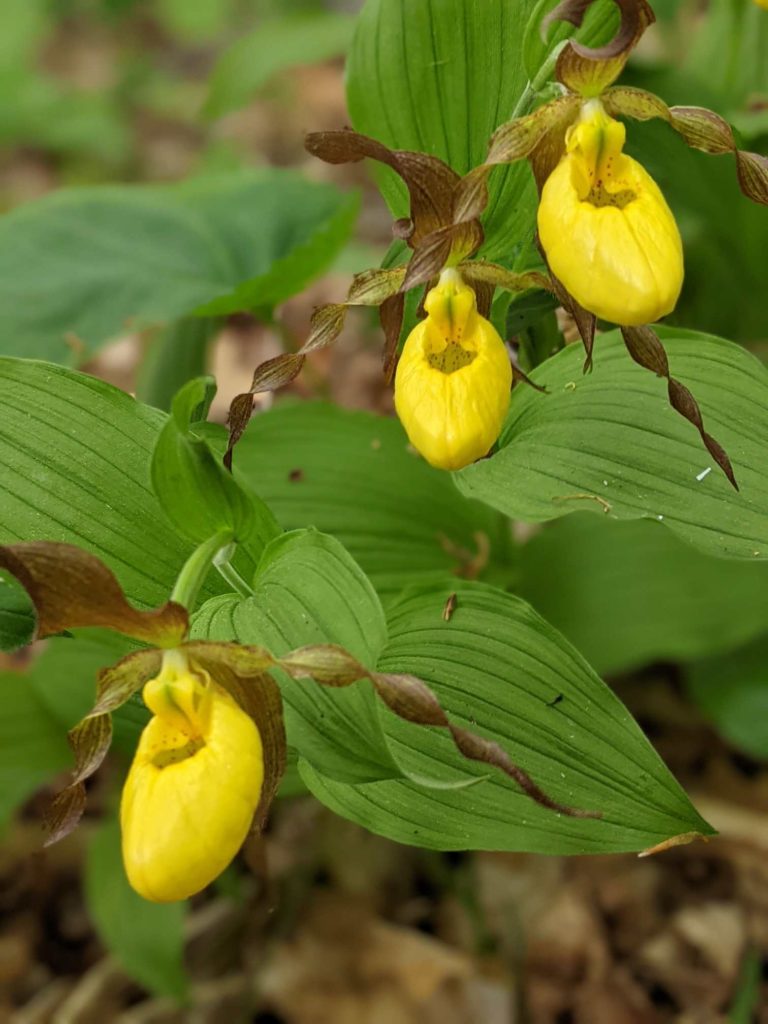
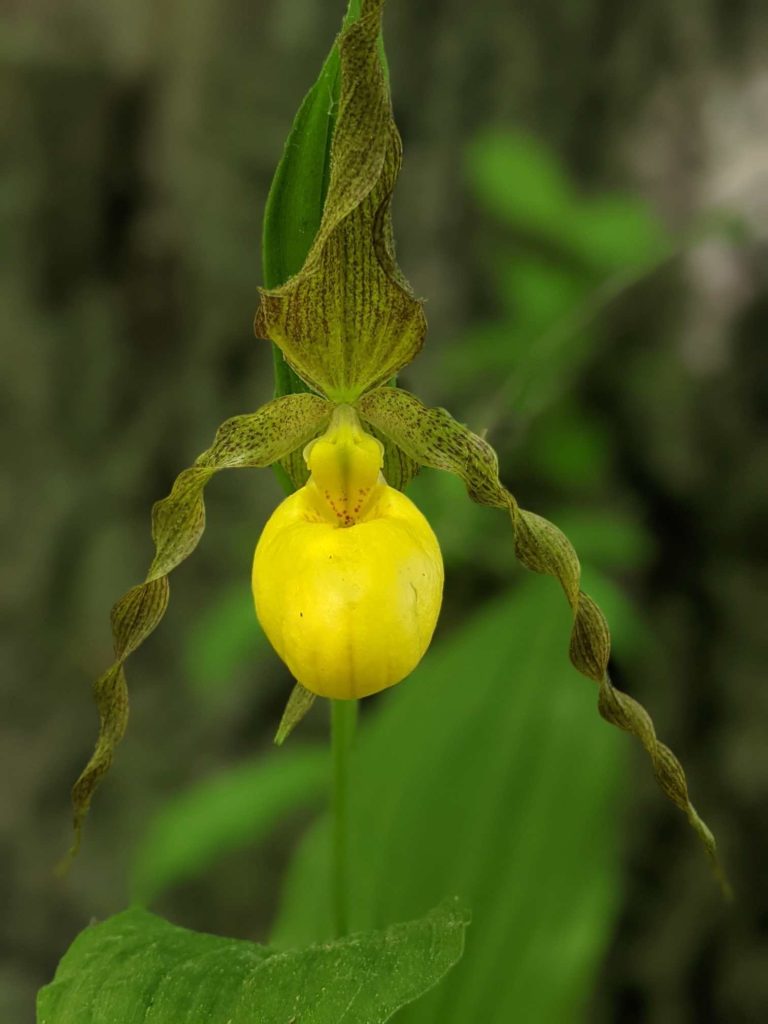
Have you ever heard of anything so cute as a floral pouch? Slipper orchids have slipper-shaped pouches (which are modified labella) that trap insects to force pollination. This is just one of the unique pollination mechanisms adapted by orchids. Slipper orchids are typically temperate species across the Northern Hemisphere. Some of them can even withstand extreme cold, blooming as the snow melts.
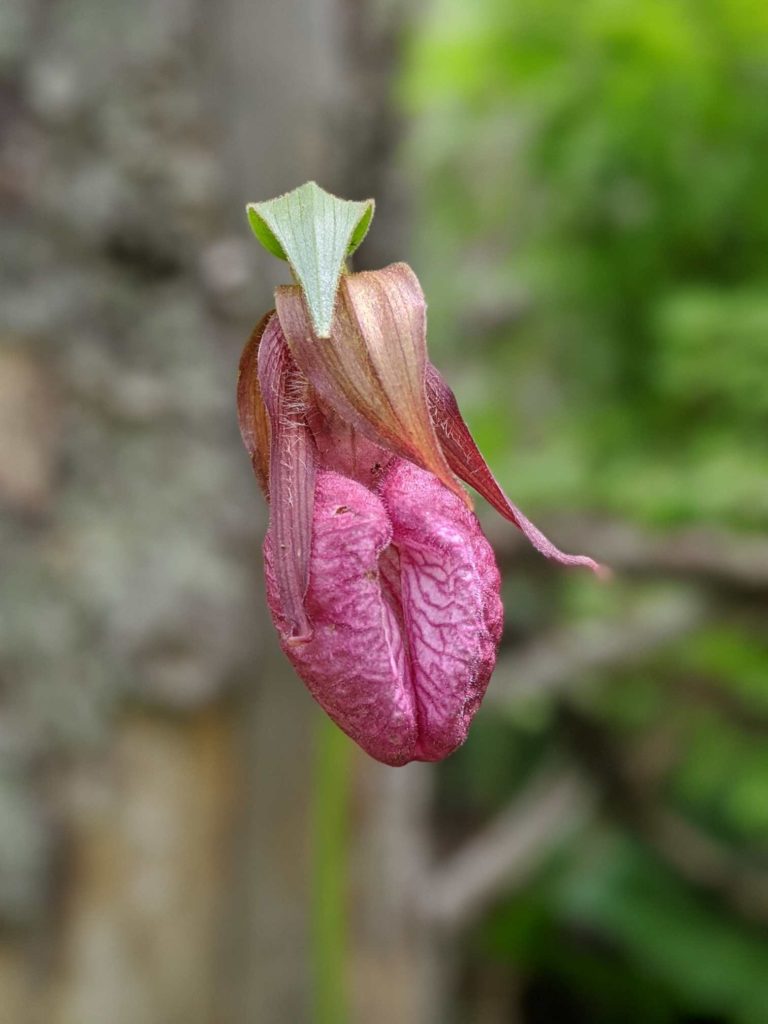
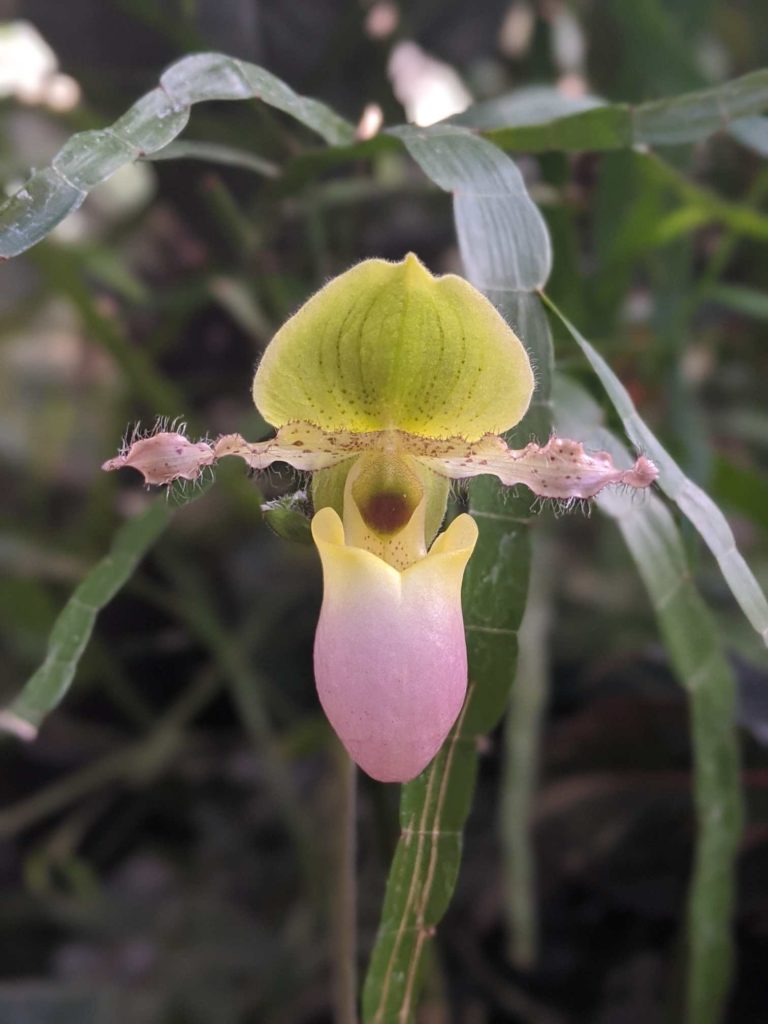
Tropical Orchids
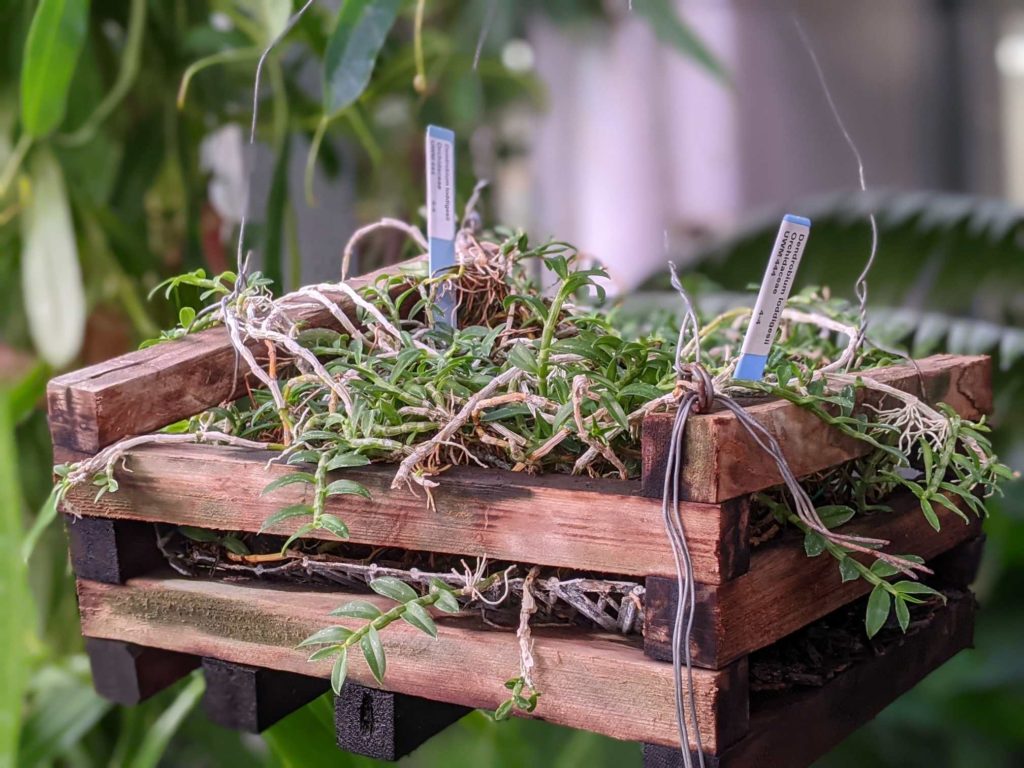
Most tropical orchid species are epiphytic, meaning they have aerial roots and they absorb humidity and nutrients from water vapor. They grow on top of other plants rather than in the soil. Growing epiphytically allows them to reach the light or nutrients better than if they stayed on the ground. Some orchids are even lithophytes, growing on rocks.

One reason orchids are so popular is the relative ease of some orchid species at cross pollination, meaning hobbyists can produce a new orchid from two different orchid parents. The most difficult part, however, is germinating the orchid from seeds, which are almost microscopically tiny.

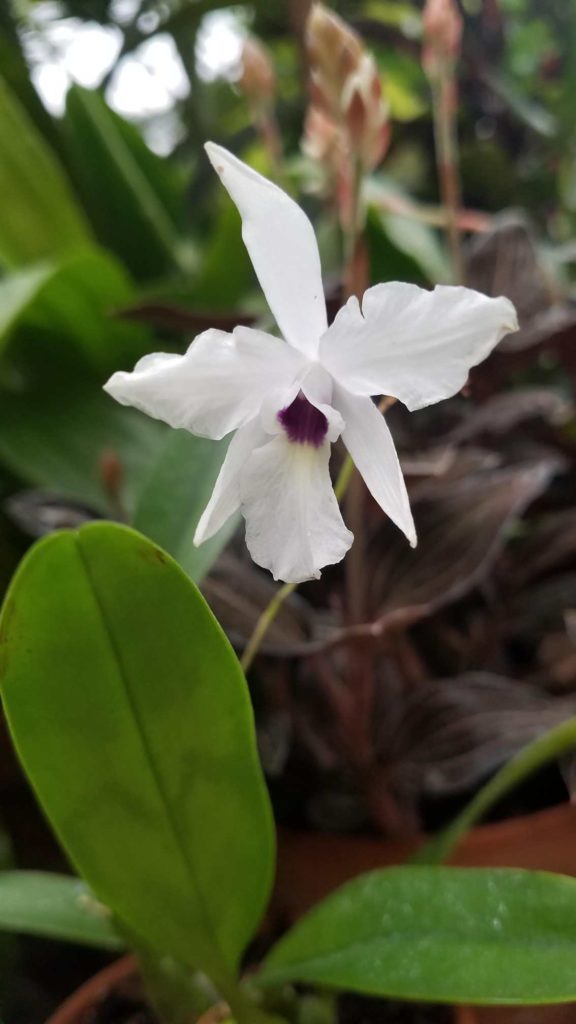
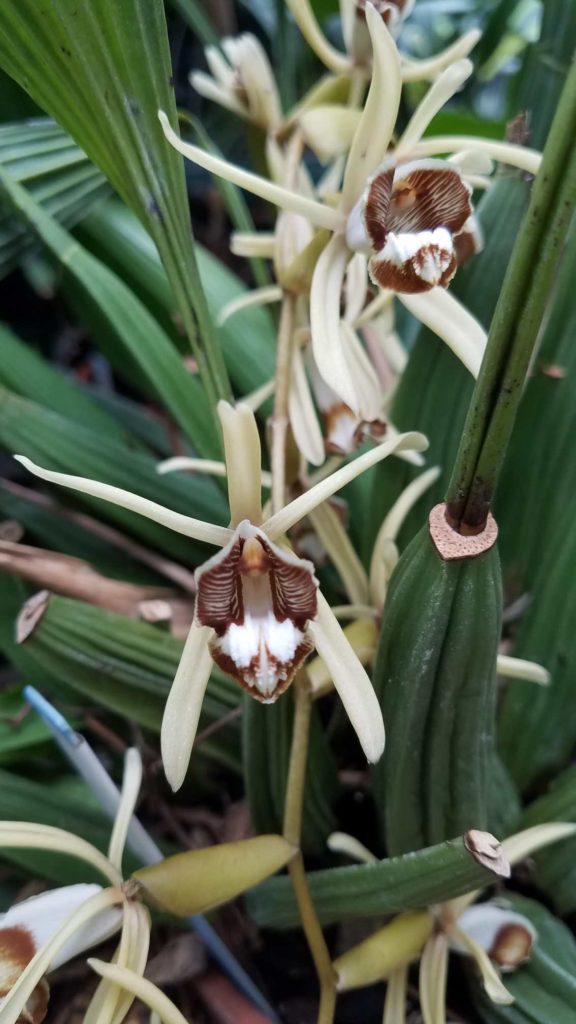

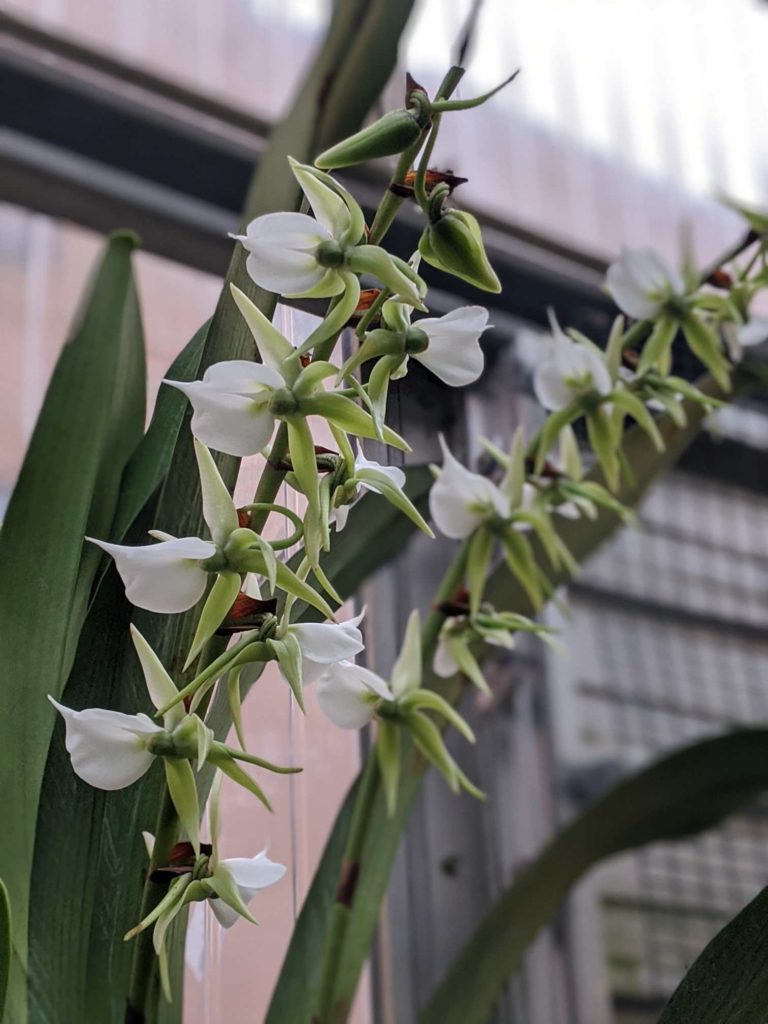
Orchids surround us whether we are at an orchid show at a botanical garden or out and about in the wild!


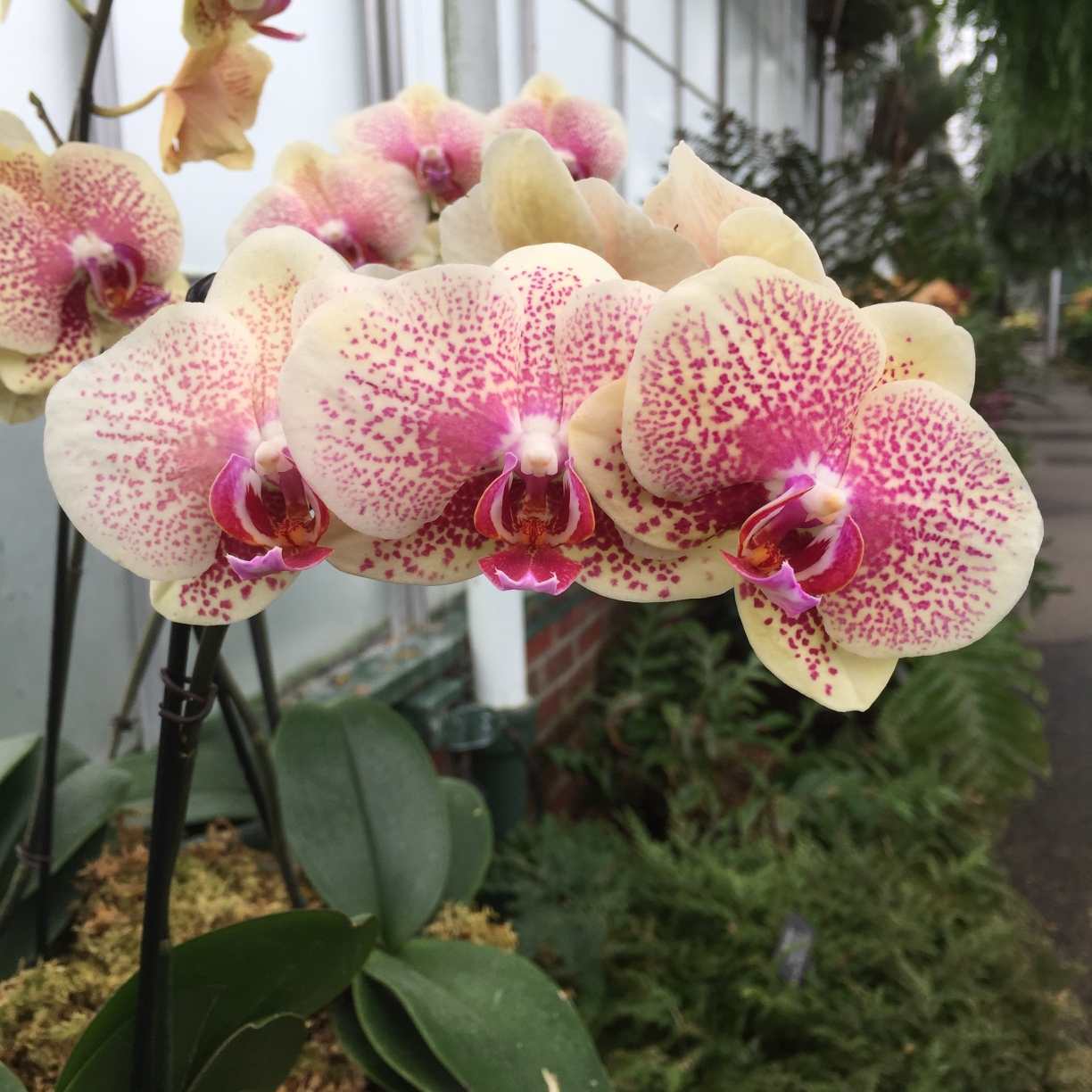
So now you like orchids. I think it’s funny you thought they looked fake at one time.
Nice display of photos and types of orchids and wow one in 10 species is in that family!